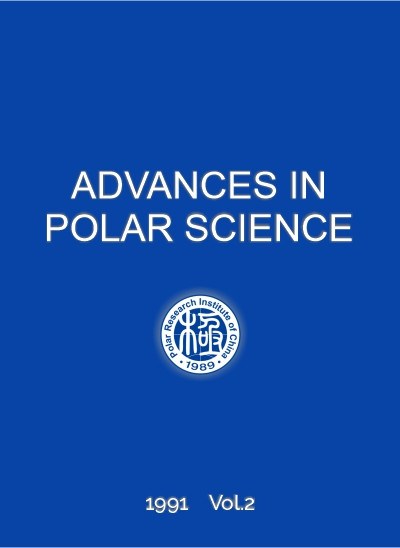Publication: Advances in Polar Science (APS). Antarctic Research, Vol. 2, No. 1, 22~29, June 1991
To download the publication please click on the download link at the bottom of the page
Author: Huang Maohuan, Wang Wenti, Li Jun and Li Gang
CNARC member: Polar Research Institute of China (PRIC)
Abstract: Three runs (6 samples) of repeated uniaxial compression-annealing experiments were conducted on a creep testing machine with a loading accuracy of 1% at -2±0.2°C. The tested samples were cut from BHQ ice core. Compression axes were parallel, at an angle of 45° and normal to the vertical of the core respectively. The initial orientation fabrics of samples were single-maximum pattern or approximate single-maximum pattern with different mean grain size. The sample was compressed with an initial axial stress of 0.8 MPa, until 10% axial strain was obtained, and then annealed for 72 hours. Such compression-annealing procedure was repeated 6 times for a run.
The experimental result shows that under a warm temperature and large load, the initial features of structure and fabric disappear finally, and n small circle girdle fabric with fine equigranular grains appears, and a multi maxima fabric developed to some extent. Analysis of structure and fabric shows that the formation mechanism of new fabrics in these experiments is principally recrystallization. With the repetition of compression-annealing, the difference in the fabric of the six samples is reducing, their rheological behavior tends to be uniform, and their grain size decreases towards a steaty state value.
Key words: strain rate, c-axis orientation, grain size, recrystallization.


